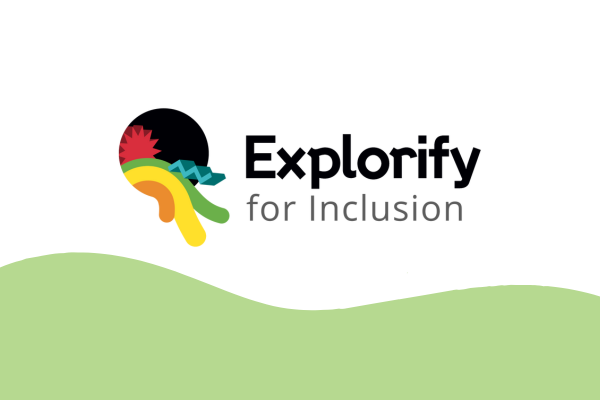Explorify for Inclusion Hub
Find out about how Explorify can be used to make science learning more inclusive. From this hub, you can explore a wealth of inclusive strategies detailing how expert teachers use Explorify successfully with children with SEND.

Welcome to the Explorify for Inclusion Hub
Click to watch a two minute introductory video with Joelle Halliday (Sheffield Hallam University) and Rebecca Ellis (Primary Science Teaching Trust).
Working with expert teachers
At Explorify, we established a professional learning community including teacher-researchers from a range of settings. Some of our teachers worked in special schools, some worked in provision bases within mainstream schools, some were classroom teachers in a school with a learning provision base, and others worked in mainstream schools which had a particular focus on providing inclusive primary science. Illustrated with case studies of these practising teachers, this guidance is organised into four sections to help you focus on what is most relevant to you and your setting.
Each section includes top tips and clearly explained strategies for using Explorify to support inclusive primary science.
Explore strategies
Fast track to the videos and case studies
If you don't have much time, you could start by watching the short videos featuring our expert teachers. In these, the teachers' strategies are explained alongside the key outcomes for children. Fuller details are given in the case studies.
Using Zoom In, Zoom Outs to capture children's attention.
Introducing the concept behind Odd One Out activities using concrete objects.
Using Have You Ever? activities so that science starts with children’s experiences.
Minimising verbal instructions, maximising thinking.
Using thinking sheets to support answering in sentences.
Giving children roles when discussing Odd One Outs to develop their social skills.
Children compare their ideas to those of others using a same or different card.
Capturing and recording children’s learning using active learning, and Explorify big books. Find the case study under 'recording children's responses', in the Explore Strategies section above.
Resources for Inclusion
Some of the teacher-researchers have developed resources which can support inclusion. These can be accessed, downloaded and, in some cases, adapted here.
